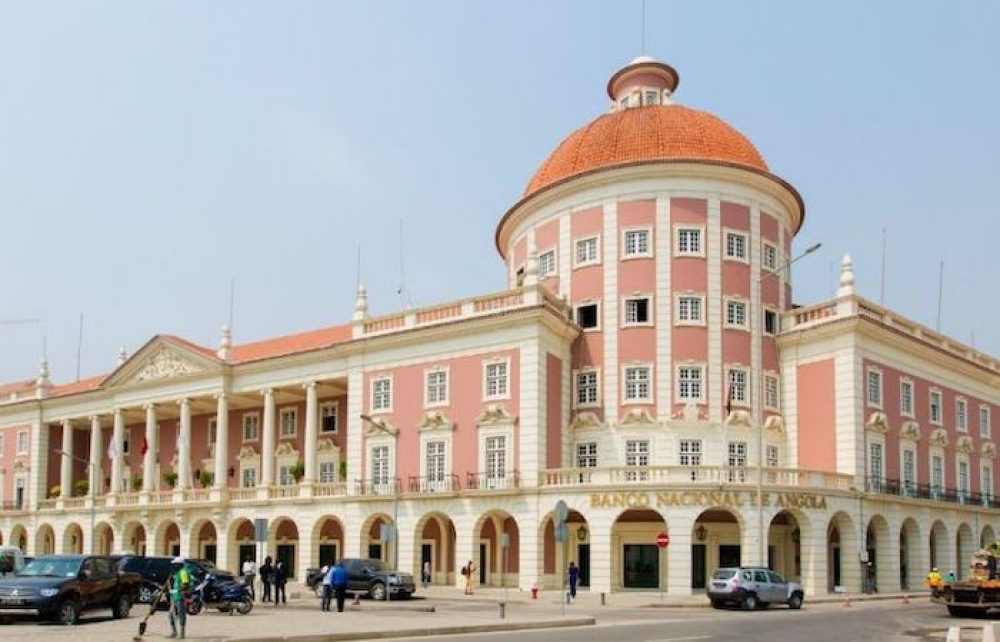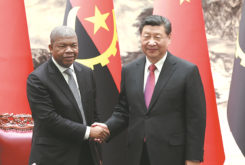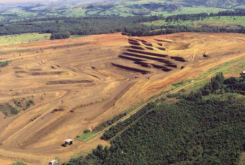Having obtained financial relief from G20 countries, Angola should also have similar support from China, in light of its difficulties in dealing with official debtload as the economy heads downwards, the Economist Intelligence Unit (EIU) says.
In its latest report on Angola, the EIU recalls that in June the Ministry of Finance confirmed that Angola would apply for debt-service relief. “Following the G20’s announcement of relief on official payments in September, negotiations with China are ongoing. We expect some relief to be granted on these obligations”, it adds.
China is Angola’s largest creditor, with debt estimated at USD 20.1 billion, Angolan Finance Minister Vera Daves said this month. Of this amount, USD 10 billion was used to capitalize the Angolan oil company Sonangol and the remaining USD 10.1 billion to finance various investment projects.
Daves explained that the debt with China is commercial and is paid in deadlines of up to eight years, unlike that with the IMF, which allows negotiation of interest rates and repayment terms.
In the latest Angola report, the EIU revised its 2020 oil prices average, to USD42.3/barrel (up from US$40/b previously) and considers this “will support Angolan government revenue”. The oil-producing country is now forecast to have a fiscal deficit of 4.2% of GDP in 2020 (from 4.7% of GDP forecast previously).
The economic fallout from the coronavirus pandemic, the EIU says, has “thrown off track” Angola’s reform agenda, under an International Monetary Fund (IMF) program, but the Fund is expected “to show leniency over reforms, and to increase its financial assistance this year to cover fiscal shortfalls”.
Despite rising inflation, the National Bank (BNA) is expected keep the policy rate steady (at 15.5%), rather than tightening and risking an aggravation of the pandemic’s impact on the economy.
The EIU forecasts Angolan GDP will contract by 3.2% in 2020, and by 0.1% in 2021, as oil production declines. Growth will average 4.6% in 2022-24 as higher global oil prices support increased economic activity and investment inflows.
Fixed investment—predominantly in the oil industry—will rise from 2022, after being pushed down by low global oil prices and weak investor sentiment in 2020-21.
The “weak economic picture” this year will weigh on the kwanza, which will depreciate to an average of Kz557.5:US$1 (from Kz364.8:US$1 in 2019) and likely to Kz609.3:US$1 in 2024.
Inflation is predicted to rise to 23.1% in 2020, before moderating as the pace of currency depreciation slows.
In 2020 the current account will shift into deficit, recording a shortfall of 5.6% of GDP, as oil export revenue plummets. The current-account deficit will then narrow, reaching 4.4% of GDP in 2024 as export revenue increases, the EIU adds.
Politically, according to the EIU, the president, João Lourenço, “will continue to reduce the influence and dismantle the patronage network of his predecessor”, but “will be wary of resistance from vested interests in the ruling Movimento Popular de Libertação de Angola and the wider population”.
Angola is to get an additional USD 765 million from the IMF, to assist in dealing with economic and health crises, compounded by the decline in oil prices due to the country´s dependence on oil exports.




